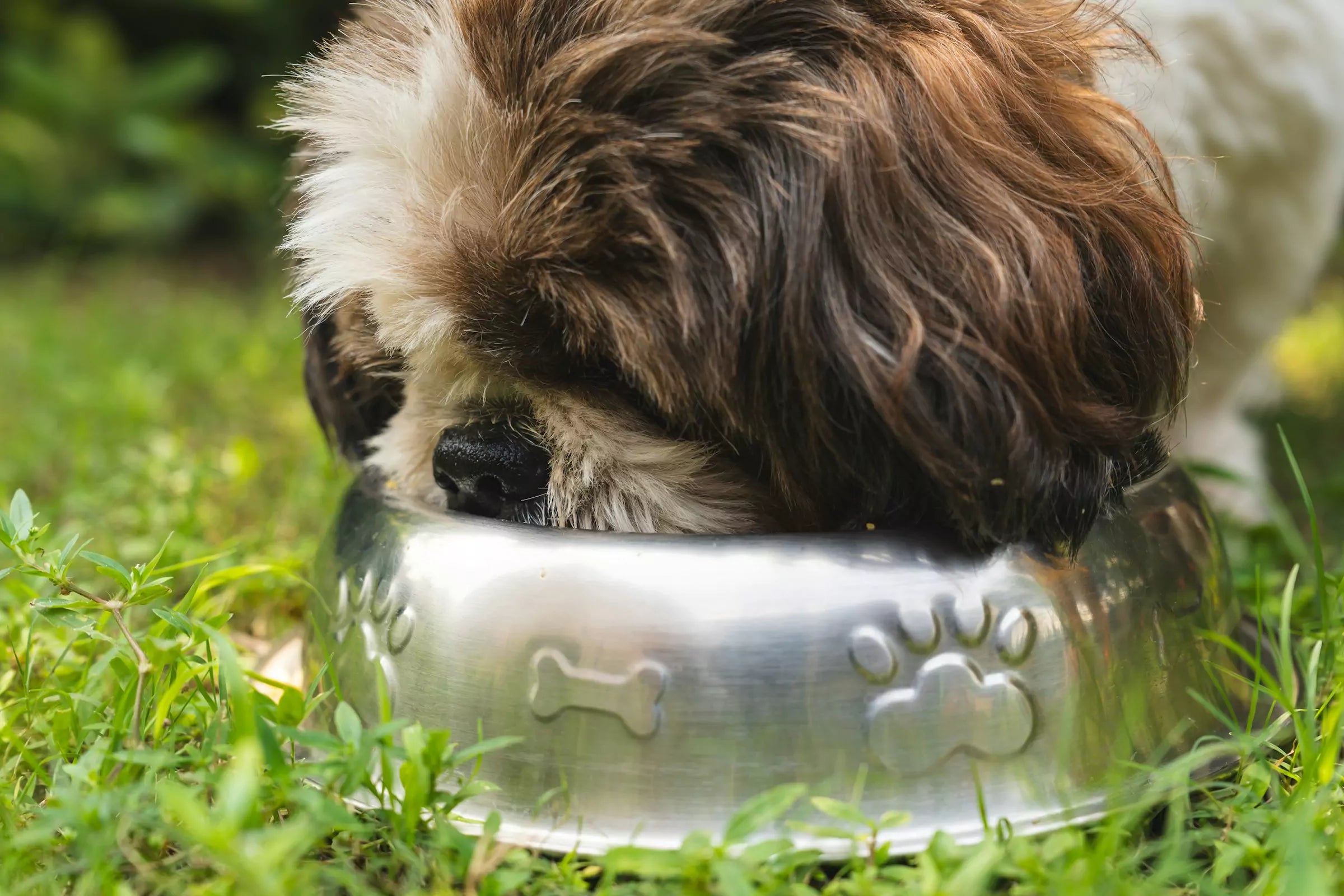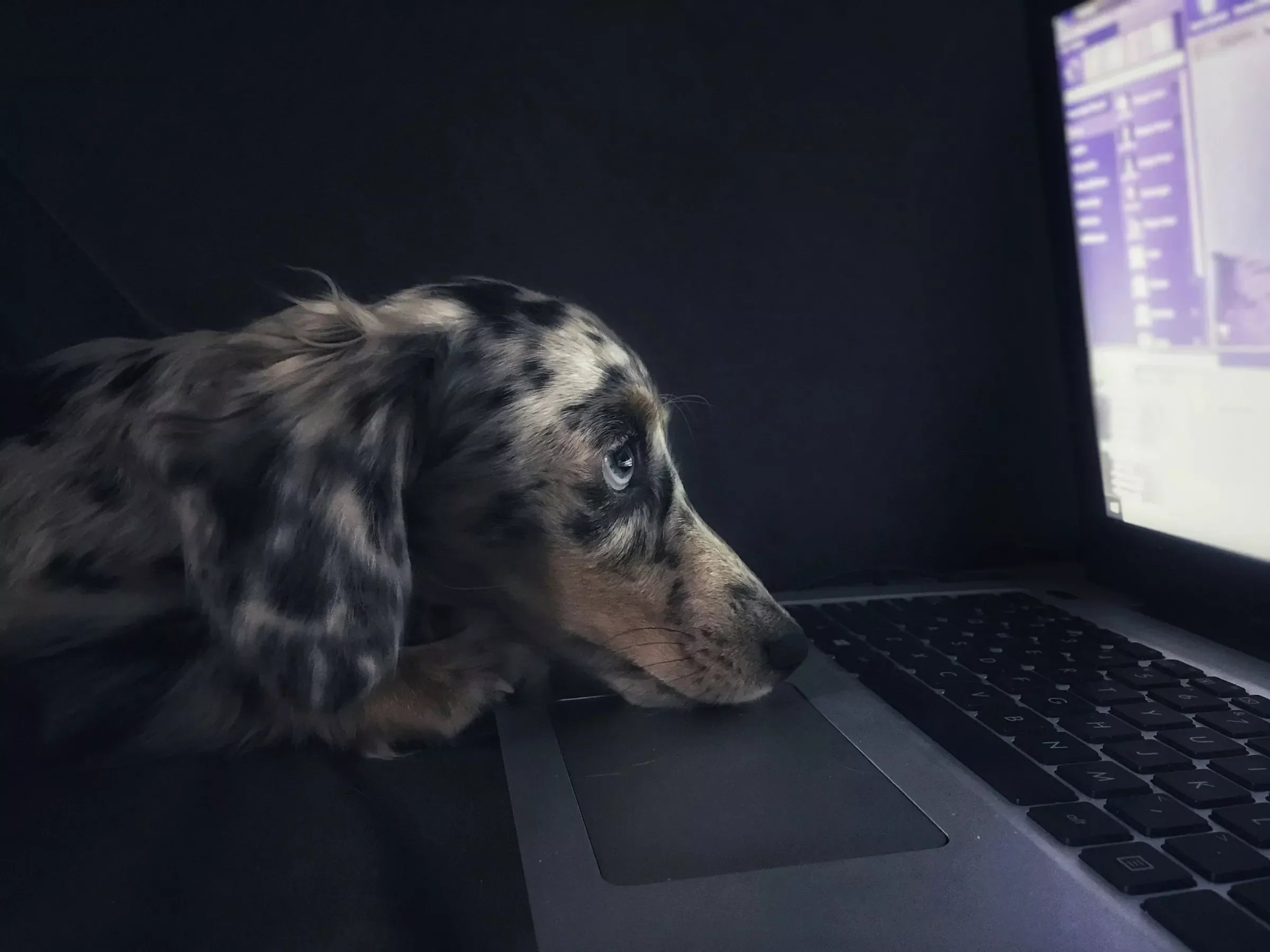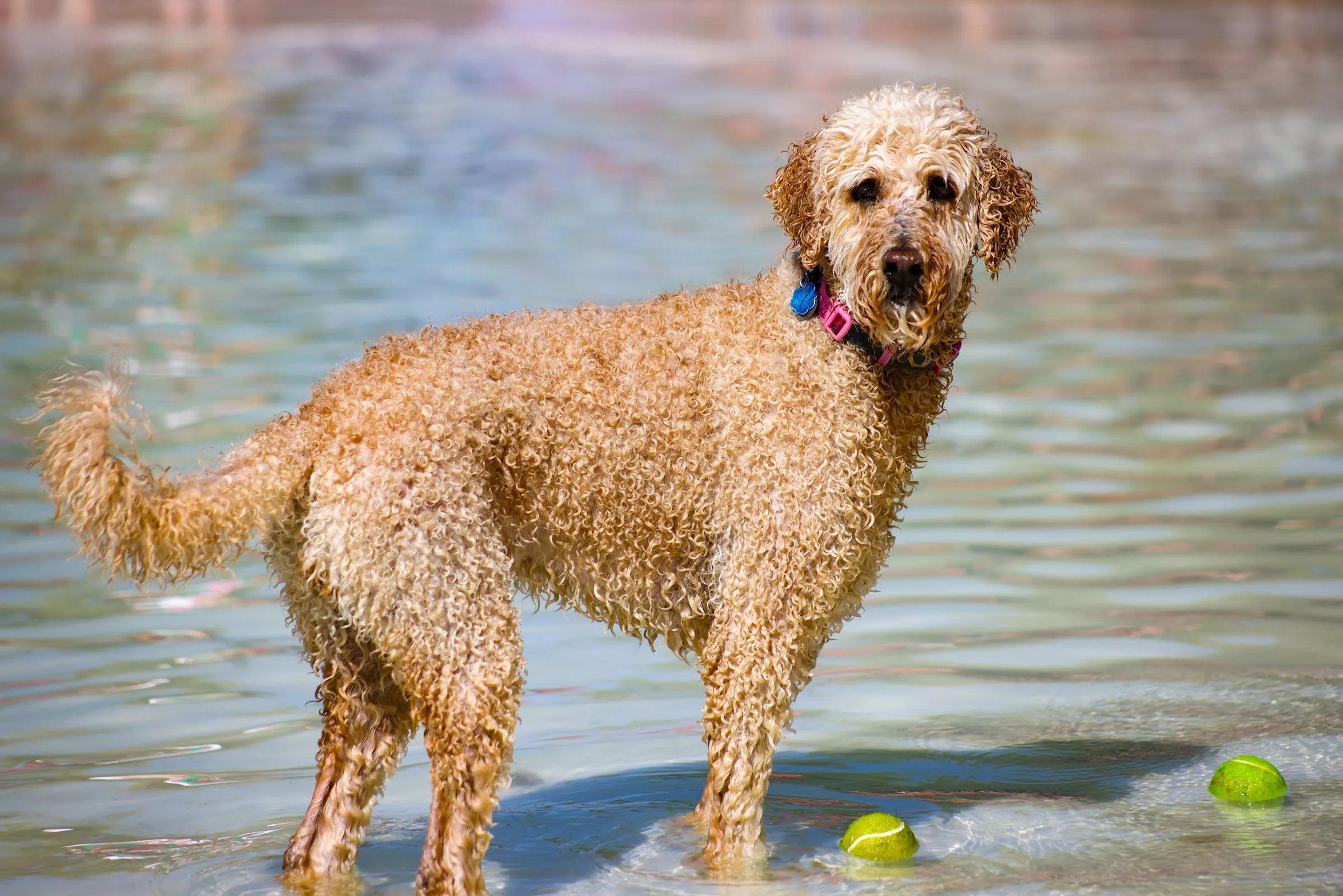Introduction
As a dog parent, you only want what’s best for your furry friend. When it comes to feeding your dog, you’ve probably heard a lot of buzz about raw diets. But it’s not always easy to separate fact from fiction, especially with all the myths surrounding raw dog food. Whether you’re considering switching to a raw diet or simply curious, we’re here to debunk some of the most common misconceptions about raw dog food and set the record straight.
Myth 1: Raw Dog Food Is Dangerous for Dogs

One of the most common myths floating around is that raw food is dangerous for dogs because of bacteria and other harmful pathogens. The fear is that raw meat can lead to serious foodborne illnesses, not just for dogs but for the humans handling it as well.
Truth: Proper Handling Makes Raw Feeding Safe
The truth is, with the right precautions, feeding your dog raw food is perfectly safe. It all comes down to how the food is prepared and stored. You’ve probably heard about the risks of handling raw chicken or meat in your own kitchen—well, the same care applies to preparing raw dog food. By practicing good hygiene (like washing your hands and cleaning surfaces), you can minimize the risk of contamination.
Dogs also have a much shorter and more acidic digestive tract than humans, which means they’re built to handle raw meat much better than we are. Their bodies are designed to break down and eliminate bacteria quickly, so they don’t usually suffer from the same foodborne illnesses we do.
Myth 2: Raw Dog Food Doesn’t Provide Complete Nutrition

Another widespread belief is that raw dog food doesn’t provide all the essential nutrients a dog needs to thrive. Some people worry that raw diets are unbalanced, lacking key vitamins and minerals, and that dogs on raw diets will miss out on important nutrients they’d get from kibble.
Truth: Raw Diets Can Be Balanced with the Right Ingredients
While it’s true that feeding a dog plain raw meat without any variety could leave them deficient in certain nutrients, a well-planned raw diet is completely balanced. The key is to include a variety of ingredients, like muscle meat, organ meat, bones (for calcium), and vegetables, to ensure your dog gets all the essential nutrients they need.
There are also plenty of resources and recipes available to guide you in creating a balanced raw diet for your dog. Some dog parents even choose to use commercial raw food products that are specifically formulated to meet all nutritional requirements.
Myth 3: Raw Dog Food Is Too Expensive

We get it—feeding your dog raw might seem like a luxury that only a few can afford. Many dog parents think that switching to raw means spending a small fortune on high-quality meats and special ingredients, especially compared to the convenience and affordability of kibble.
Truth: Raw Feeding Can Be Affordable
Yes, raw feeding can be more expensive than kibble in some cases, but it doesn’t have to break the bank. There are plenty of ways to make raw feeding affordable. For example, buying in bulk, sourcing meat from local butchers or farms, or even preparing your dog’s food at home can all help keep costs down.
Additionally, many raw-feeding dog parents argue that the long-term health benefits (fewer vet bills, reduced need for medications, etc.) outweigh the initial cost of the diet. Over time, a healthy raw-fed dog can save you money on medical expenses.
The Health Benefits of Raw Feeding
A raw diet can lead to some remarkable improvements in your dog’s health. Many dog parents report that their dogs have shinier coats, healthier skin, and better dental health. Some dogs with allergies or digestive issues even see significant improvements after switching to raw.
Dogs on raw diets often have more energy, smaller stools, and fewer issues with obesity, as raw food is typically higher in protein and lower in carbs than most kibble options.
Is Raw Feeding Right for Every Dog?
Before jumping into raw feeding, it’s important to consider your dog’s specific needs. While many dogs thrive on a raw diet, some dogs with certain health conditions may not be suitable candidates. If your dog has kidney disease, pancreatitis, or other specific health issues, raw feeding might not be the best choice.
It’s always a good idea to consult your vet before making the switch to raw food, especially if your dog has pre-existing health conditions.
How to Transition Your Dog to a Raw Diet Safely
Switching your dog to a raw diet doesn’t have to happen overnight. In fact, it’s better to ease into it gradually. Start by replacing small portions of your dog’s regular food with raw, and increase the raw portion over time. This helps your dog’s digestive system adjust without causing any upset.
During the transition, keep an eye on your dog’s behavior and stools. If you notice any issues, like diarrhea or lethargy, slow down the transition and consult your vet.
Preparing Raw Dog Food at Home: Tips for Success
Making your dog’s raw food at home allows you to control exactly what goes into their meals. To ensure your dog’s diet is balanced, include a variety of muscle meat, organ meat, bones, and vegetables. If you’re unsure about what ratios to use, there are plenty of raw feeding guides and calculators available online to help you.
Make sure to use fresh, high-quality ingredients, and practice good food safety by keeping everything clean and properly storing food.
Can You Mix Raw Food with Kibble?
Yes, you can mix raw food with kibble if you’re not ready to fully commit to a raw diet. Some dog parents find that mixing the two works best for their budget and their dog’s preferences. However, some experts believe that mixing raw and kibble can affect digestion due to the difference in how each is processed by the body.
If you do decide to mix, try to feed the two types of food at different times of day, rather than in the same meal.
Dealing with Negative Reactions from Others
If you’re considering raw feeding, you might get some pushback from friends, family, or even other dog parents. Some people are skeptical about raw feeding, and that’s okay. Stick to what you know is best for your dog, and remember that every dog is different.
There are also supportive online communities of raw feeders who can offer advice, encouragement, and tips if you ever feel uncertain.
How to Choose a Commercial Raw Dog Food Brand
If you’re not ready to prepare your dog’s raw food at home, there are plenty of commercial options available. When choosing a brand, look for high-quality ingredients, clear sourcing, and a company that focuses on balanced nutrition. Avoid brands that use fillers or mystery ingredients.
Common Mistakes to Avoid When Feeding Raw
One common mistake new raw feeders make is not balancing their dog’s diet properly. Dogs need a mix of meat, bones, and organs to get all the nutrients they need. Another mistake is not handling raw food properly, which can lead to contamination.
Always ensure you’re following guidelines for food safety and nutritional balance to keep your dog healthy and safe.
Understanding the Risks of Raw Feeding and How to Minimize Them
While there are risks to feeding raw, such as the potential for bacterial contamination, these risks can be minimized by practicing good hygiene and following proper food handling procedures. Regular vet checkups can also help monitor your dog’s health.
The Role of Supplements in a Raw Dog Diet
Sometimes, even a well-balanced raw diet needs a little boost from supplements. Popular supplements include fish oil (for Omega-3s), calcium (if you’re not feeding bones), and probiotics for digestive health.
Conclusion
When it comes to feeding your dog, there’s no one-size-fits-all solution. Raw feeding isn’t for everyone, but for many dogs, it offers incredible health benefits. By separating myths from facts and making informed choices, you can decide what’s best for your furry companion. Trust your instincts as a dog parent and do what feels right for you and your dog.
FAQs
-
Is it safe to feed my puppy raw food? Yes, but it’s important to consult with your vet and ensure the diet is balanced for a growing puppy.
-
How do I know if my dog is getting enough nutrients on a raw diet? Regular vet checkups and blood tests can help ensure your dog is getting the nutrients they need.
-
Can raw feeding help with my dog’s allergies? Many dog parents report that raw feeding improves their dog’s allergies, especially food-related sensitivities.
-
How long does it take to see results from a raw diet? Most dog parents notice improvements in coat, energy, and digestion within a few weeks to a couple of months.
-
Can I switch my dog back to kibble after raw feeding? Yes, you can switch back, but make sure to transition slowly to avoid digestive upset.















Share:
5 Benefits of Exercise for Dogs
3 Reasons To Choose a Dog Harness Over a Collar